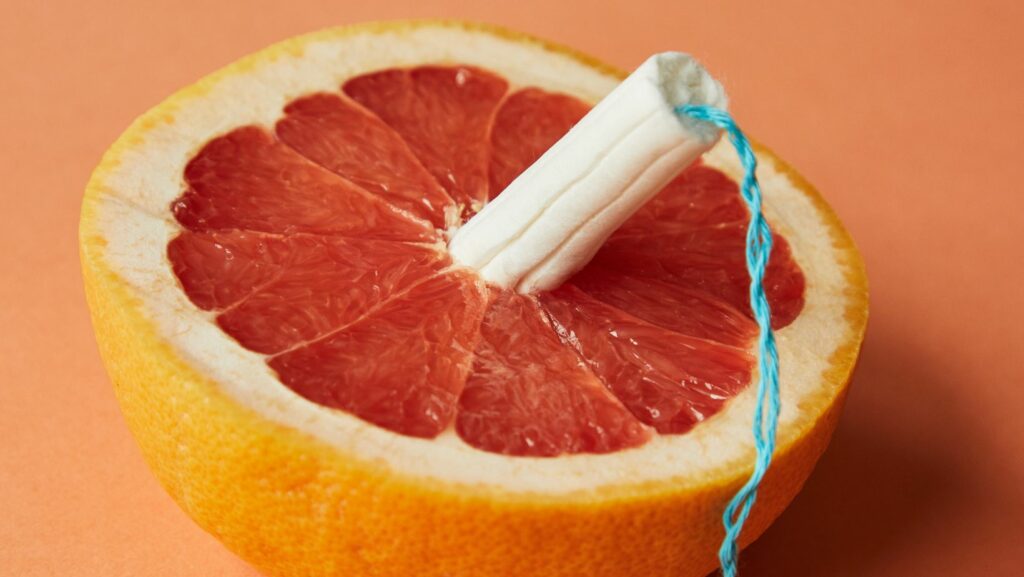Navigating the ups and downs of the menstrual cycle can be challenging, but what if the right foods could make it easier? Many don’t realize that diet plays a crucial role in managing symptoms and promoting overall well-being during different phases of the cycle. From alleviating cramps to boosting energy levels, what one eats can significantly impact how they feel. Understanding the connection between nutrition and the menstrual cycle empowers individuals to make informed choices. By incorporating specific nutrients and foods into their diet, they can support hormonal balance, reduce discomfort, and enhance their quality of life. Let’s explore how eating mindfully can turn the tide on menstrual woes.
Eating To Support Menstrual Cycle
 Iron, calcium, and magnesium play vital roles in menstrual health. Iron helps counteract blood loss by boosting red blood cell production. Consuming iron-rich foods like spinach, red meat, and legumes is crucial. Calcium, found in dairy products, leafy greens, and fortified foods, can alleviate PMS symptoms. Magnesium, present in nuts, seeds, and whole grains, helps reduce cramps and mood swings. Understanding the four phases of the menstrual cycle – menstruation, follicular, ovulation, and luteal – enables better nutritional support. During menstruation, prioritize iron-rich foods to replenish lost iron. In the follicular phase, where estrogen levels rise, focus on foods high in vitamins B and E to support energy levels. Ovulation requires antioxidant-rich foods like berries and citrus fruits to combat oxidative stress. Finally, the luteal phase benefits from complex carbohydrates and magnesium to ease bloating and mood fluctuations. Caffeinated drinks, salty foods, and refined sugars can exacerbate menstrual symptoms. Caffeine may intensify cramps and disrupt sleep. Sodium leads to water retention and bloating. Refined sugars can cause blood sugar spikes and mood swings. opt for herbal teas, fresh fruits, and whole grains instead.
Iron, calcium, and magnesium play vital roles in menstrual health. Iron helps counteract blood loss by boosting red blood cell production. Consuming iron-rich foods like spinach, red meat, and legumes is crucial. Calcium, found in dairy products, leafy greens, and fortified foods, can alleviate PMS symptoms. Magnesium, present in nuts, seeds, and whole grains, helps reduce cramps and mood swings. Understanding the four phases of the menstrual cycle – menstruation, follicular, ovulation, and luteal – enables better nutritional support. During menstruation, prioritize iron-rich foods to replenish lost iron. In the follicular phase, where estrogen levels rise, focus on foods high in vitamins B and E to support energy levels. Ovulation requires antioxidant-rich foods like berries and citrus fruits to combat oxidative stress. Finally, the luteal phase benefits from complex carbohydrates and magnesium to ease bloating and mood fluctuations. Caffeinated drinks, salty foods, and refined sugars can exacerbate menstrual symptoms. Caffeine may intensify cramps and disrupt sleep. Sodium leads to water retention and bloating. Refined sugars can cause blood sugar spikes and mood swings. opt for herbal teas, fresh fruits, and whole grains instead.
The Role of Nutrition in Hormonal Balance
Proper nutrition plays a significant role in maintaining hormonal balance during the menstrual cycle. Specific nutrients and dietary choices can stabilize hormone levels, reducing symptoms and enhancing overall well-being. By strategically incorporating and avoiding specific foods, individuals can support hormonal balance and improve their menstrual health. During the follicular phase, consumption of vitamins B and E helps improve energy levels and supports egg maturation. Foods such as avocados, almonds, and leafy greens are excellent Dietary choices can optimize health throughout the menstrual cycle’s various phases. Each phase benefits from specific nutrients to support body function and alleviate symptoms. In the ovulatory phase, antioxidants support egg release and reduce inflammation. Berries, bell peppers, and walnuts provide strong antioxidant properties. Adding zinc-rich foods like chickpeas and scallops strengthens immune function and aids cell division. In the luteal phase, complex carbohydrates and magnesium alleviate PMS symptoms. Brown rice, quinoa, and bananas stabilize blood sugar levels and reduce mood swings. Foods high in magnesium like spinach and dark chocolate help with muscle relaxation and reduce cramping. During the menstrual phase, iron-rich foods replenish lost blood and prevent anemia. Red meat, lentils, and spinach are ideal choices. Additionally, omega-3 fatty acids from salmon and chia seeds reduce inflammation and alleviate cramps, contributing to overall comfort.
choices can stabilize hormone levels, reducing symptoms and enhancing overall well-being. By strategically incorporating and avoiding specific foods, individuals can support hormonal balance and improve their menstrual health. During the follicular phase, consumption of vitamins B and E helps improve energy levels and supports egg maturation. Foods such as avocados, almonds, and leafy greens are excellent Dietary choices can optimize health throughout the menstrual cycle’s various phases. Each phase benefits from specific nutrients to support body function and alleviate symptoms. In the ovulatory phase, antioxidants support egg release and reduce inflammation. Berries, bell peppers, and walnuts provide strong antioxidant properties. Adding zinc-rich foods like chickpeas and scallops strengthens immune function and aids cell division. In the luteal phase, complex carbohydrates and magnesium alleviate PMS symptoms. Brown rice, quinoa, and bananas stabilize blood sugar levels and reduce mood swings. Foods high in magnesium like spinach and dark chocolate help with muscle relaxation and reduce cramping. During the menstrual phase, iron-rich foods replenish lost blood and prevent anemia. Red meat, lentils, and spinach are ideal choices. Additionally, omega-3 fatty acids from salmon and chia seeds reduce inflammation and alleviate cramps, contributing to overall comfort.
Benefits of a Balanced Diet on Menstrual Health
 A balanced diet tailored to the menstrual cycle can significantly enhance well-being. By focusing on nutrient-rich foods, individuals can manage symptoms more effectively and support hormonal balance. Strategic food choices during each phase can alleviate cramps, boost energy, and reduce inflammation. Avoiding certain foods and staying hydrated further optimizes menstrual health. Incorporating these dietary practices encourages mindful eating and promotes a healthier, more comfortable menstrual experience. Magnesium, present in nuts, seeds, and whole grains, helps reduce cramps and mood swings. Understanding the four phases of the menstrual cycle – menstruation, follicular, ovulation, and luteal – enables better nutritional support. During menstruation, prioritize iron-rich foods to replenish lost iron. In the follicular phase, where estrogen levels rise, focus on foods high in vitamins B and E to support energy levels.
A balanced diet tailored to the menstrual cycle can significantly enhance well-being. By focusing on nutrient-rich foods, individuals can manage symptoms more effectively and support hormonal balance. Strategic food choices during each phase can alleviate cramps, boost energy, and reduce inflammation. Avoiding certain foods and staying hydrated further optimizes menstrual health. Incorporating these dietary practices encourages mindful eating and promotes a healthier, more comfortable menstrual experience. Magnesium, present in nuts, seeds, and whole grains, helps reduce cramps and mood swings. Understanding the four phases of the menstrual cycle – menstruation, follicular, ovulation, and luteal – enables better nutritional support. During menstruation, prioritize iron-rich foods to replenish lost iron. In the follicular phase, where estrogen levels rise, focus on foods high in vitamins B and E to support energy levels.

